Using National Science Foundation (NSF) radio telescopes, we may now have resolved an outstanding question about the cosmos
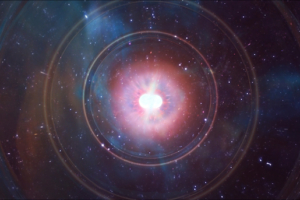 Deep Space
Deep Space

 Deep Space
Deep Space
Using National Science Foundation (NSF) radio telescopes, we may now have resolved an outstanding question about the cosmos
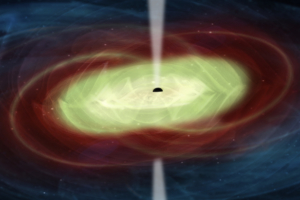 Deep Space
Deep Space
Two future ESA missions will provide a unique insight into enormous cosmic collisions with black holes
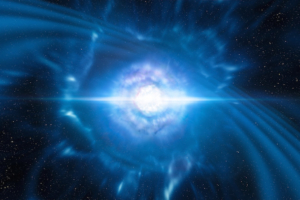 Deep Space
Deep Space
The LIGO and Virgo collaboration has observed more cosmic collisions after their equipment upgrades in April 2019
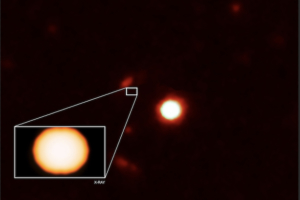 Deep Space
Deep Space
The merger sent an intense flash of radiation into the cosmos, picked up by NASA’s Chandra X-ray Observatory
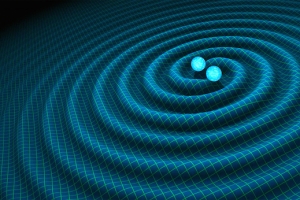 Astronomy
Astronomy
After upgrading the mirrors, lasers and other important components, the hunt for ripples in space and time is back on
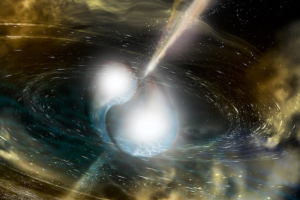 Deep Space
Deep Space
A source with remarkable similarities to GW170817, the first source identified to emit gravitational waves and light, has been discovered
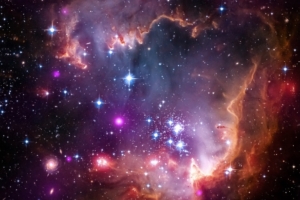 Deep Space
Deep Space
Signals from rare black hole-neutron star pairs could pinpoint rate at which universe is growing
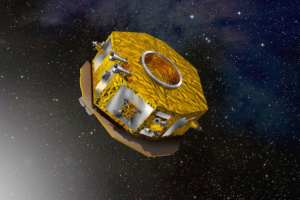 Space Exploration
Space Exploration
The new results have laid excellent foundations for ESA’s future LISA mission in 2034
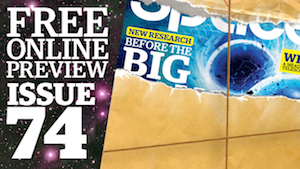 News
News
Do gravitational waves suggest a bang at the end of the universe? Find out in the latest issue, available now from all good supermarkets and newsagents
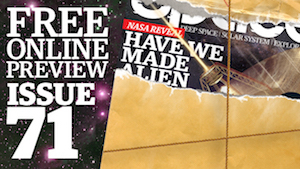 News
News
World-leading astronomers reveal the likelihood that ET has finally phoned home in the latest issue of All About Space – out now!
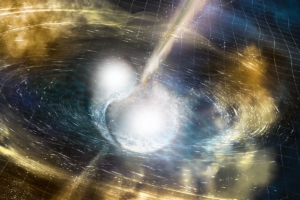 Deep Space
Deep Space
Marking the beginning of a new era in astrophysics, scientists have detected ripples in space-time and electromagnetic radiation, or light, from the same event
 Deep Space
Deep Space
Before now, the ripples in space-time had only been detected from black-hole mergers
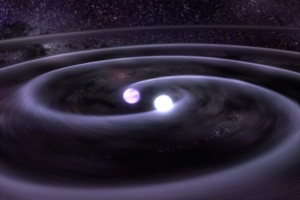 Deep Space
Deep Space
This is the first three-detector observations made of these waves in the fabric of space-time
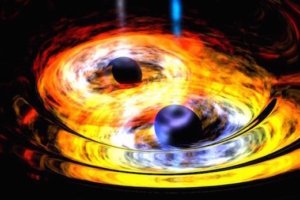 Deep Space
Deep Space
The system resides in spiral galaxy NGC 7674, which is located about 400 million light years from Earth
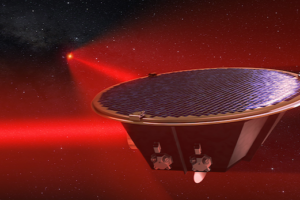 Space Exploration
Space Exploration
ESA and NASA have green lit the LISA mission, striving to uncover the secrets of the ripples in the fabric of space-time
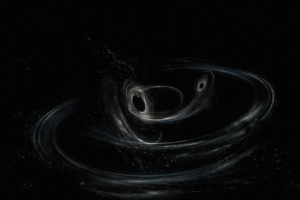 Deep Space
Deep Space
This is the most distant gravitational wave source detected yet
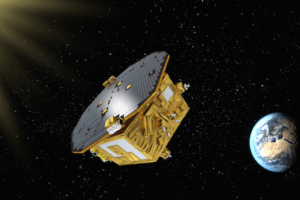 News
News
The mission has successfully demonstrated critical technologies needed to build a space-based observatory capable of detecting slight ripples in space-time
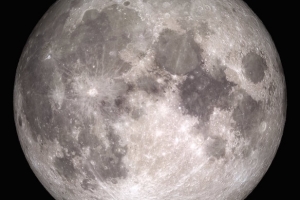 News
News
Our natural satellite could be the last in a series of moons that orbited our planet in the past
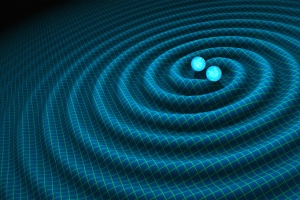 News
News
The Laser Interferometer Gravitational-wave Observatory has turned back on and resumed its search for ripples in the fabric of space and time
 News
News
Scientists have observed ripples in the fabric of space-time for the second time